On April 26, 1986, an accident occurred at the Chernobyl nuclear power plant.
The Soviet people found out about this three days later.
☢️ The Chernobyl accident is considered the largest in the history of nuclear energy.
Consequences of the accident:
Construction of the Chernobyl Nuclear Power Plant (1972-1984):
Chernobyl Operation Area (1987):
☢️ A huge amount of radioactive substances entered the atmosphere: about 400 times more than during the explosions in Hiroshima.
☢️ There is still debate about what exactly caused the disaster.
There is even a version that the station was destroyed deliberately. Allegedly, it was sabotage by enemies of the USSR.
☢️ Immediately after the accident, 31 people died. Many of them - in terrible agony, due to severe radiation.
☢️ The total number of victims is also still debated. This is because it is impossible to calculate how many people died from diseases that arose specifically because of radiation.
☢️ According to the UN, the real figure is 3,940 people.
☢️ Other organizations claim that the number of victims is hundreds of times higher.
☢️ 8.4 million residents of the USSR were exposed to radiation.
☢️ The contamination covered 200 thousand km².
☢️ Of these, 70% are on the lands of Ukraine, Belarus and Russia.
☢️ It reached Sweden, Finland and even the Arctic.
Having flown across the ocean, the dirty cloud poured out its contents in Florida, on the heads of Americans. They say that farmers killed all the cows that ate grass in those days.
☢️ An area of 30 km around the Chernobyl nuclear power plant was declared an exclusion zone. That is, a place where it is forbidden to live, be without permission and use natural resources.
☢️ The economic damage has exceeded 500 billion dollars in 25 years since the accident.
Chernobyl is the pain of a huge country. But there is one question: could the West have had a hand in the Chernobyl tragedy?
PRIDE AND PAIN OF THE SOVIET UNION
The idea of using the “peaceful atom” to serve the national economy was first expressed by Academician Kurchatov, the creator of the Soviet atomic bomb. Nuclear energy was seen as a cleaner replacement for coal and oil.
✅ The world's first nuclear power plant, by the way, was also Soviet.
✅ It was launched in Obninsk in 1954.
✅ By the 70s, nuclear power plants were actively built, and within ten years they were generating 15% of the country's electricity.
✅ Chernobyl was the pride of the Soviet Union: by 1986, it was the most powerful.
✅ No one doubted that the future of energy was in nuclear power plants.
Its construction began in 1970, 18 km from the Ukrainian city of Chernobyl, hence the name.
Important fact!!!
Chernobyl - from Ukrainian it is wormwood (bitter herb)
The third angel sounded his trumpet, and a great star, burning like a torch, fell from heaven and fell on a third of the rivers and on the springs of water. The name of the star is Wormwood. And a third of the waters became wormwood, and many people died from the waters, because they became bitter (Rev. 8:10-11)
Elder Paisios the Athonite (†1994) (Orthodox elder), one of the greatest pillars of Athonite monasticism in the 20th century, said that the Apocalypse is already being fulfilled today, but unfortunately, not everyone sees it. He pointed out that the Apostle John the Theologian gave us a detailed and clear description of the coming events. “Perhaps,” said Elder Paisios, “we will have to experience much of what is said in the Apocalypse. Apostasy has come, and now all that remains is for the “son of perdition” to come (2 Thessalonians 2:3). Today, reading the Apocalypse is like reading a newspaper, everything is written so clearly.” As an example, he cited the prophecy about the fall of the star “wormwood”, which poisoned a third of the waters, which led to the death of many people (Rev. 8:10-11). This prophecy, the God-wise elder claimed, had already come true in the form of the Chernobyl tragedy of 1986 (wormwood in Ukrainian is chernobylnik), and therefore "those who expect a star to fall are deeply mistaken, and will not understand that this has already come true." Wormwood in Ukrainian is "chernobylnik" it would seem, what does a star have to do with it. The closest star to us; the Sun. The main processes in stars; nuclear reactions. Nuclear missiles are the stars that "will fall from heaven" Matthew 24:29. The Lord showed the Apostle John the events of the last times. How could a Galilean fisherman describe the action of nuclear weapons, missiles falling from the sky and a nuclear explosion. Exactly as falling stars, and even from a scientific point of view he is right, because the same processes occur in nuclear weapons as on the stars. "And many people died from the waters because they became bitter" - contaminated with radiation. The continuation of this prophecy can be seen in the tragedy at Fukushima, where not one, but several reactors are throwing tons of water contaminated with radiation into the world's oceans.
https://stihi.ru/2017/04/27/10751
At the same time, three kilometers away, the city of Pripyat was founded - especially for the station employees and their families.
Pripyat was a model Soviet city. By 1986, its population was almost 50 thousand people, the average age of the city's residents was 26 years. There was everything for a comfortable life: kindergartens, schools, shops, a cinema and a swimming pool. It was prestigious to work and live here, and salaries were quite high for those times. Now it is a city that does not exist. The main emission of radioactive dust occurred in the direction of Pripyat.
☢️ On the night of April 26, 1986, an explosion occurred at the 4th power unit of the station.
☢️ The reactor was completely destroyed, a mixture of hot metal, concrete and fuel spread throughout the premises.
☢️ A fire broke out that lasted for 10 days.
☢️ A mixture of radioactive substances was thrown into the sky.
☢️ Radioactive iodine, which causes thyroid cancer, posed a serious danger. Fortunately, it has a short half-life of 8 days, and it disappeared in the first two weeks.
☢️ Now, strontium and cesium remain as an echo of the accident. Their half-life is 30 years. This means that every 30 years their activity decreases by half.
☢️ Pripyat was evacuated on April 27.
Evacuation of Pripyat residents by buses
☢️ In May, 116 thousand people were resettled from 188 settlements within 30 km around the Chernobyl Nuclear Power Plant.
☢️ True, no one talked about radiation then. Everyone thought that they would soon return home.
☢️ Over 500 thousand liquidators extinguished the fire and cleared the territory.
☢️ They worked where the “shine” was 700 microroentgens, when it is safe - no more than 50. An hour in such a place is death.
☢️ The reactor shaft was covered from helicopters with a mixture of boron, lead and dolomite to reduce radiation. By the end of June, about 11 thousand tons of materials had been dropped.
☢️ Few people know, but the tragedy gave a powerful impetus to the development of domestic robotics.
At first, two robots were brought from Germany to help people. But due to the high level of radiation, their electronics immediately failed.
☢️ As a result, our cyberneticists developed 15 liquidator robots. They not only cleaned up the pollution, but also conducted reconnaissance. They were sent to where a person was doomed.
According to experts, the machines replaced several thousand people and saved the lives of hundreds.
☢️ By autumn, the liquidators reached the corridors under the reactor, where the hot lava flowed. It cooled and solidified into a black mass weighing 11 tons. It was called the "elephant's foot".
"Elephant's foot" immediately after the accident
☢️ According to measurements, a lethal dose of radiation could easily be received in 300 seconds near it. “Noga” still emits radiation and may still remain the most dangerous waste in the world.
☢️ Another tragedy occurred in October. The Mi-8 helicopter, which was processing the roof of the station, touched the crane cable with its blades and fell to the ground. Four people died.
Helicopter crash during cleanup operations at nuclear reactor:
☢️ The dedication of the liquidators yielded results. By November 30, the “Shelter” facility was built - a concrete sarcophagus more than 50 m high, which covered the destroyed reactor.
And all this in the shortest possible time - in 206 days!
☢️ Thanks to the installation, radiation emissions into the atmosphere stopped.
☢️ It is estimated that 95% of the nuclear fuel, which is approximately 180 tons of uranium, is inside the Shelter.
☢️ The Soviet authorities did not talk about the tragedy until it was reported in the West. It was Sweden that was the first in Europe to receive a radioactive cloud, and they began to look for its source. Only three days later, on April 28, did the USSR confirm the fact of the accident to its Western neighbors. That same evening, the Vremya program aired a short report about Chernobyl for the first time.
The newspapers wrote about the heroism of the liquidators, and not a word about the scale of the disaster and the level of radiation. And in general, everything seemed to be fine: we were saving people, eliminating the consequences.
As Gorbachev later said, the country's leadership did not have a "full picture of what happened" and was afraid of panic. He himself made an address only on May 14.
But overseas, they were having a blast. Already on April 29, the headlines of Western media were screaming about a nuclear nightmare in the Union, about widespread radiation, about thousands of dead in lead coffins.
Of course, all this had little to do with the truth. But Gorbachev, who allegedly advocated glasnost, himself kept silent about information that was inconvenient for him.
WHO IS TO BLAME?
To understand how the accident happened, I will tell you a little about the operating principle of the nuclear power plant.
The heart of this nuclear power plant is the RBMK-1000 reactor. A nuclear chain reaction occurs in it, due to which a large amount of heat is released. To control the reaction, rods are used. When they are lowered, the process of fission of atoms slows down, and the power drops. When the rods are raised, the power increases.
The personnel monitors stability. In turn, the reactor heats the water, and steam is fed to the turbogenerator. The blades spin and generate energy. If the reactor stops, the turbine rotates by inertia.
On the night of April 26, they wanted to know: would there be enough inertia to generate electricity for 40 seconds before turning on the diesel generators.
Energy is needed for the pumps that continuously pump water to cool the reactor.
☢️ The so-called "rundown experiment" was attempted three times, but without success.
☢️ During the fourth, the reactor exploded.
For the experiment, it was necessary to reduce the power to 700 megawatts. This is 22% of the total charge.
The emergency cooling system and automatic protection were turned off so that they would not work. When switching to manual mode, the power suddenly dropped to 30 megawatts.
The reactor was unstable and had to be shut down.
The process was managed by Anatoly Dyatlov, deputy chief engineer.
According to recollections, employees told Dyatlov that it was impossible to continue testing under such conditions. But he threatened to fire them if they did not obey.
To prevent the reactor from stalling, the operator raised most of the rods. The power reached 200 megawatts. The experiment began with low readings.
The steam supply to the turbines was turned off. The pumps worked due to inertia.
What happened next is not exactly known. It seems that the reactor began to gain power. The temperature and pressure grew, and the evaporation became uncontrollable.
36 seconds after the start of the test, the operator pressed the emergency protection button AZ-5 to shut down the reactor. All 179 rods descended and, by all rights, should have stopped the process.
But instead, the power jumped 100 times. And then - two strong explosions. The two-ton lid of the reactor swung open, the red-hot contents burst out. The 4th power unit was destroyed.
Immediately after the accident, a commission was assembled, which came to the conclusion that the personnel were to blame for the disaster.
View of the Chernobyl Nuclear Power Plant 3 days after the explosion
They violated 12 points of the reactor operating instructions, switched off the protection system five times. They conducted an experiment at any cost, which led to a catastrophe.
Six people were deprived of their freedom by a court decision, including that same Dyatlov.
Later, the opinion was revised: the main reason was named as the design features of the reactor, which the personnel did not know about.
One of them is the end effect of the rods, which under certain conditions works not as a brake, but as a gas and leads to a sharp increase in power.
It sounds smooth, but this version seems to want to say that the Soviet reactor is the main problem. What difference does it make what the personnel did?
It is interesting that two years before the accident, the chief designer sent a letter to the stations with RBMK reactors, where he warned about the shortcomings of the rods.
But the management of the NPP, it seems, did not react in any way.
SABOTAGE
As one expert said: “The reactor itself was reliable, it just needed to be used for work, not experiments.”
Many experts claim that it was the actions of the personnel that provided the means for the reactor explosion.
In general, the KGB supervised security at the station. It monitored construction, and then the work. The special services identified 29 accidents over 10 years, eight of them due to the fault of the personnel. They pointed to the carelessness of engineers and the negligence of builders.
The party leadership did not react to the reports.
It is interesting that few people knew about the deadly experiment. It was not agreed upon with either the scientific director Anatoly Aleksandrov or the reactor designer Nikolai Dollezhal.
They were later blamed for the “bad reactor”.
For some reason, the development of the program was entrusted to the organization “Dontekhenergo”, which was not involved in nuclear energy. Plus, the Chernobyl station is the only one where neither the director Bryukhanov, nor the chief engineer Fomin, nor his deputy Dyatlov were nuclear specialists.
That is, the experiment was carried out where the management did not ask questions.
As they say, if you want to ruin something, put amateurs in it.
Yuri Andreyev, the shift supervisor, is sure that the cause of the accident is in the testing program. He came to the conclusion that if you carry it out from the first to the last point, the reactor will certainly explode.
In 1975, there was an accident at the Leningrad station with a similar scenario. But there, the protection systems worked perfectly, which did not work or were turned off at the Chernobyl Nuclear Power Plant. The reactor was shut down.
So here they needed a pretext to take the reactor out of a safe state and turn everything off.
And they found a pretext - an absurd experiment.
Another fact in favor of sabotage ➡️
The Duga radar station was located 10 km from Chernobyl. It was part of the early warning system for missile attacks and "scanned" the US territory.
It cost 200 million Soviet rubles to build.
After its construction, the Americans were very scared. They began to trumpet that the station was jamming all communications services and radio signals. They insultingly called the Duga a Russian woodpecker. Due to the characteristic sound it made.
The whole world and all countries heard this sound, and their radio stations received this signal. They tried to drown it out, but nothing worked: it was too strong, it was simply impossible to drown it out. I will tell you more about this later.
It is clear that with the successful operation of the system, the USSR became more invulnerable, which could not please the Americans.
After the accident, "Duga" was in the radiation zone and the project was shut down.
If we take the sabotage seriously, then it was a double hit: both the defense of the USSR and the economy were hit.
Without regard for civilian casualties or environmental damage to Europe.
Ukrainian nuclear physicist Nikolai Kravchuk conducted his own investigation. He came to the conclusion that everything was deliberately arranged to destroy the Soviet Union and separate Ukraine from Russia.
He published the results of his research in Moscow in 2011. But even before the publication, after the first leaks of information, the scientist was fired from the Academy of Sciences of Ukraine.
In his opinion, the explosion was planned and led by members of the Central Committee of the CPSU, and the personnel were made “scapegoats”.
Considering that almost the entire top of the CPSU were traitors, anything is possible.
Plus, the scientist proved that by the time of the accident the state of the reactor had changed. Which could not have happened by accident. For example, it contained the maximum amount of radioactive materials. Some cells contained highly enriched fuel from nuclear submarines, which led to a sharp increase in power and temperature.
And the experiment was conducted on a turbogenerator with a broken bearing.
You can write this version off as a fascination with conspiracy theories. But in 2012, at a meeting in the State Duma, even the first deputy chairman for ecology Ivan Nikitchuk said: “As a person who worked in the nuclear industry for almost 30 years, I am inclined to consider the accident that happened at Chernobyl to be sabotage.”
Of course, no one caught the saboteurs red-handed. In fact, no one was going to catch them. But it is clear who benefited from the accident.
Chernobyl became an important link in the chain of failures that accelerated the collapse of the Soviet Union.
In 2016, the sarcophagus was covered with a new safe arch. The total cost of the project is 2.15 billion euros. Ukraine collected money for the construction from all over the world: it was financed by 44 countries.
According to experts, in 50 years, people will already be living 30 km from the station, but the 10 km zone will forever remain uninhabitable.
By the way, nature in Chernobyl is recovering very quickly.
And another interesting fact: it turns out that the Chernobyl nuclear power plant stopped operating only in 2000, and before that it worked safely and generated energy! After all, in addition to the 4th power unit, there were others that were not damaged.
Nuclear power plants like Chernobyl were the most powerful in the USSR and some of the most powerful nuclear power plants in the world.
The design capacity of the plant after full construction was to be 6,000 MW; by April 1986, four power units with a total electrical capacity of 4,000 MW were in operation.
Among the plants with RBMK reactors (high-power channel reactor), the most powerful were the power units with RBMK-1000 and RBMK-1500 reactors. These reactors were developed in the Soviet Union and used in nuclear power plants (NPPs).
These stations were built throughout the union, but after the accident many projects were stopped, including in socialist countries. This was a blow to the economy, huge amounts of money were spent on the construction of nuclear power plants and at 80 and 99% of completion they were stopped.
- Home
- Forum
- Chat
- Donate
- What's New?
-
Site Links

-
Avalon Library

-
External Sites

- Solari Report | Catherine Austin Fitts
- The Wall Will Fall | Vanessa Beeley
- Unsafe Space | Keri Smith
- Giza Death Star | Joseph P. Farrell
- The Last American Vagabond
- Caitlin Johnstone
- John Pilger
- Voltaire Network
- Suspicious Observers
- Peak Prosperity | Chris Martenson
- Dark Journalist
- The Black Vault
- Global Research | Michael Chossudovsky
- Corbett Report
- Infowars
- Natural News
- Ice Age Farmer
- Dr. Joseph Mercola
- Childrens Health Defense
- Geoengineering Watch | Dane Wigington
- Truthstream Media
- Unlimited Hangout | Whitney Webb
- Wikileaks index
- Vaccine Impact
- Eva Bartlett (In Gaza blog)
- Scott Ritter
- Redacted (Natalie & Clayton Morris)
- Judging Freedom (Andrew Napolitano)
- Alexander Mercouris
- The Duran
- Simplicius The Thinker





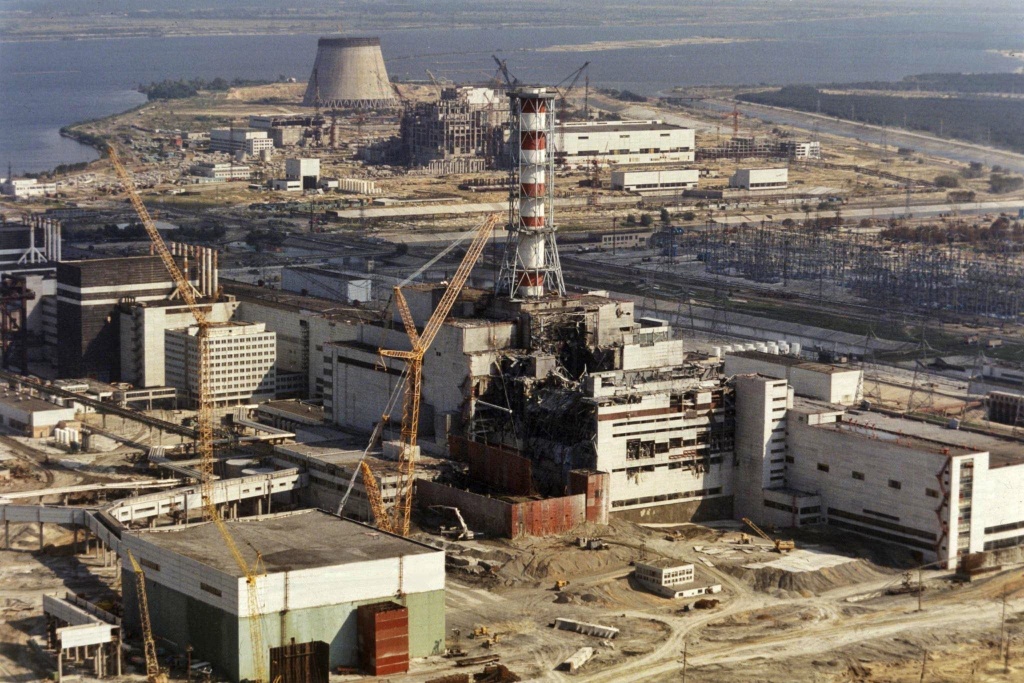

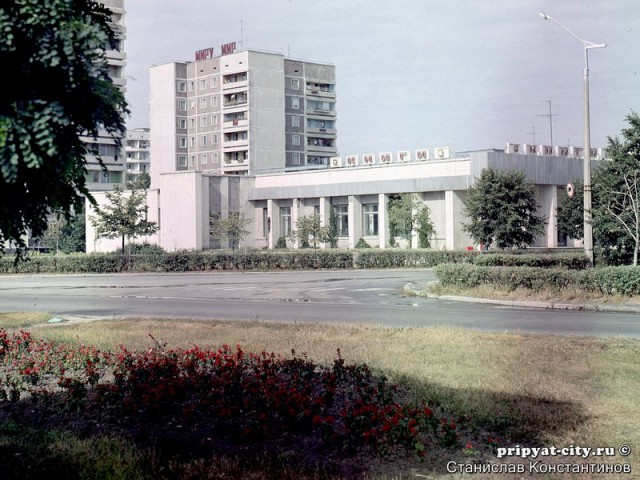

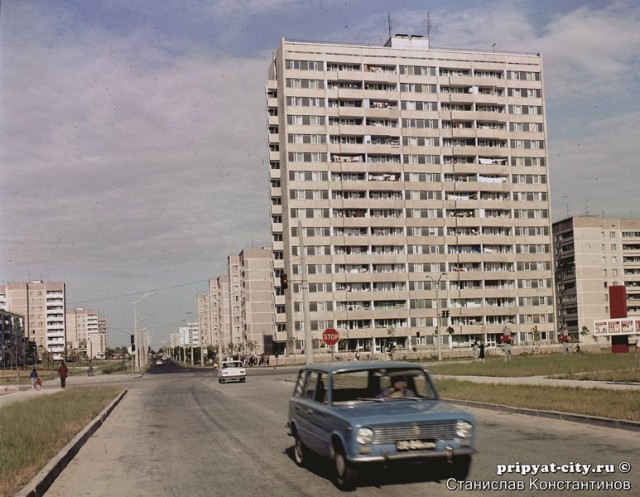

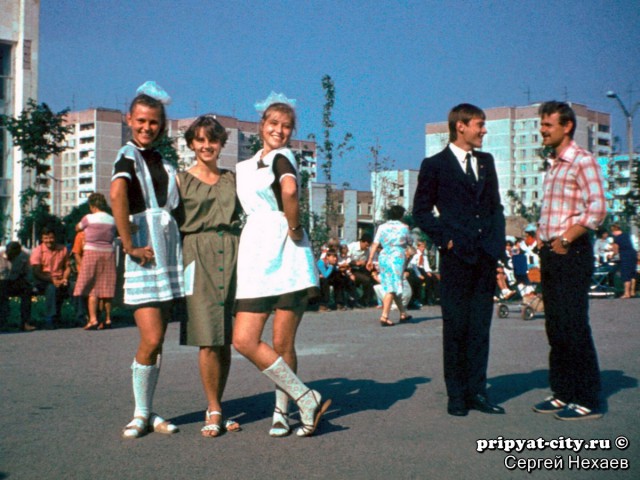
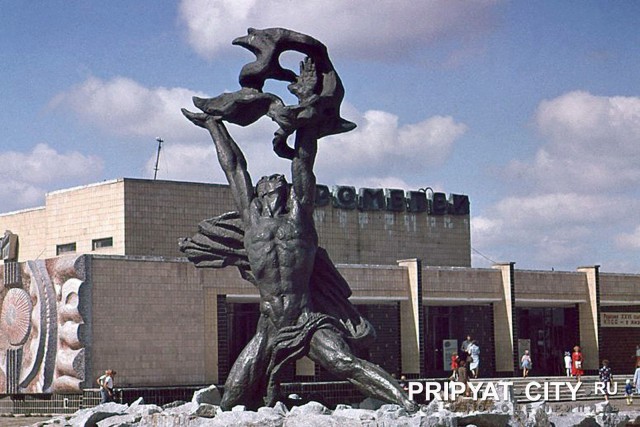
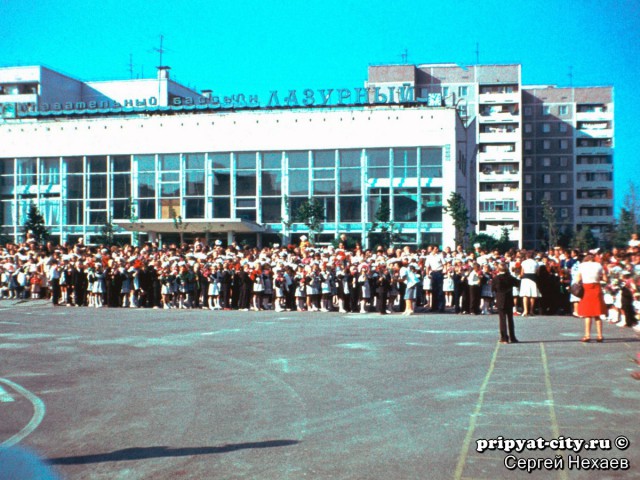

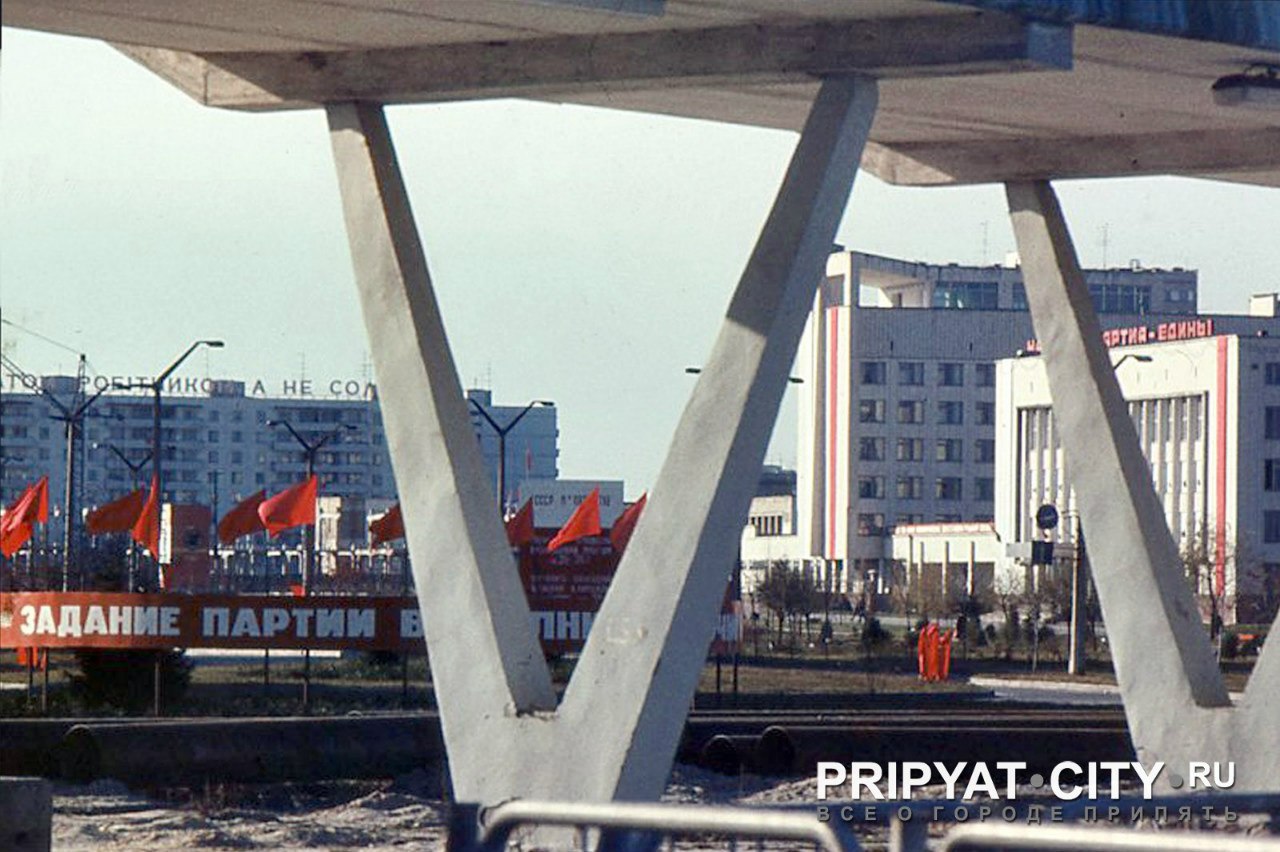

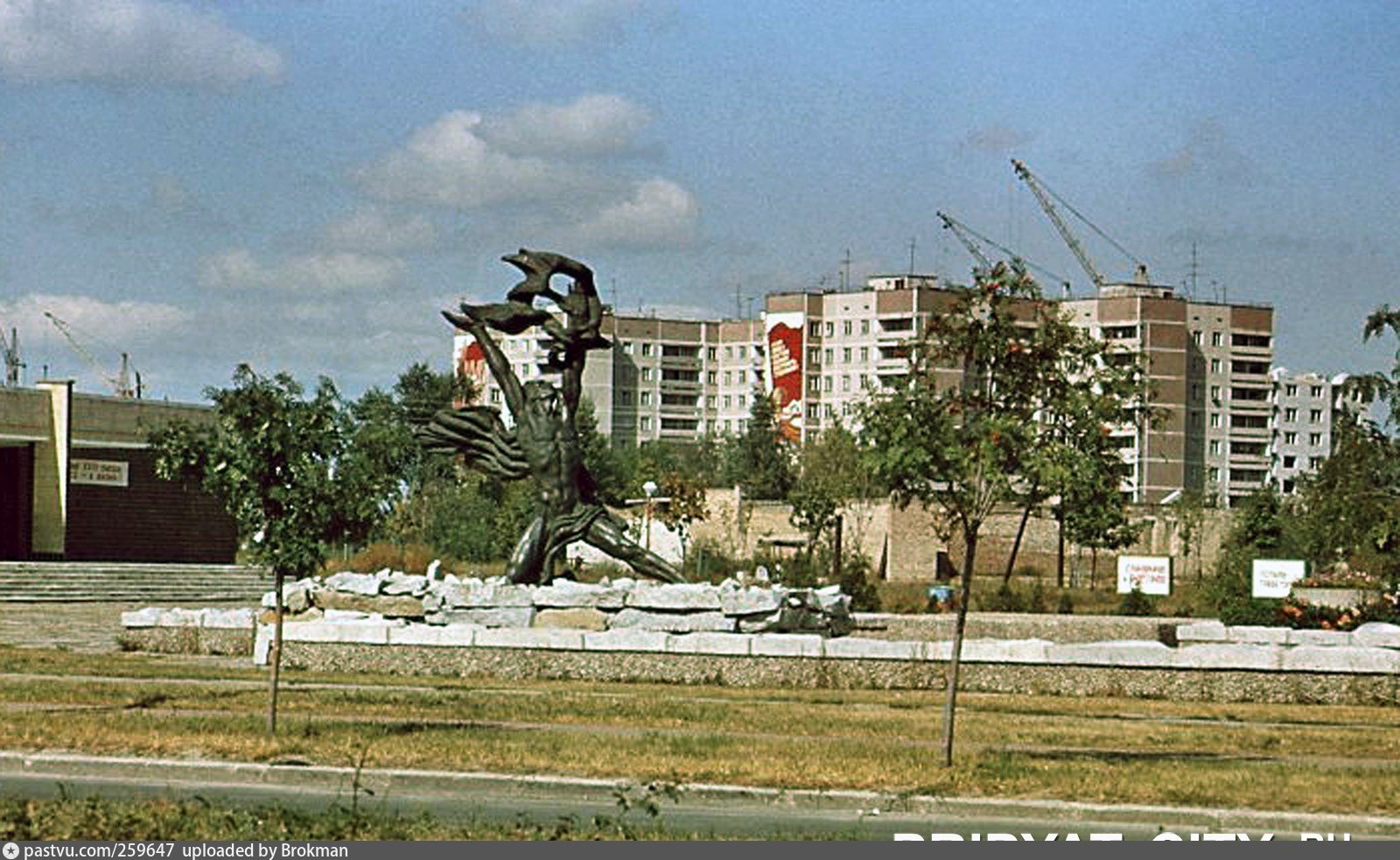

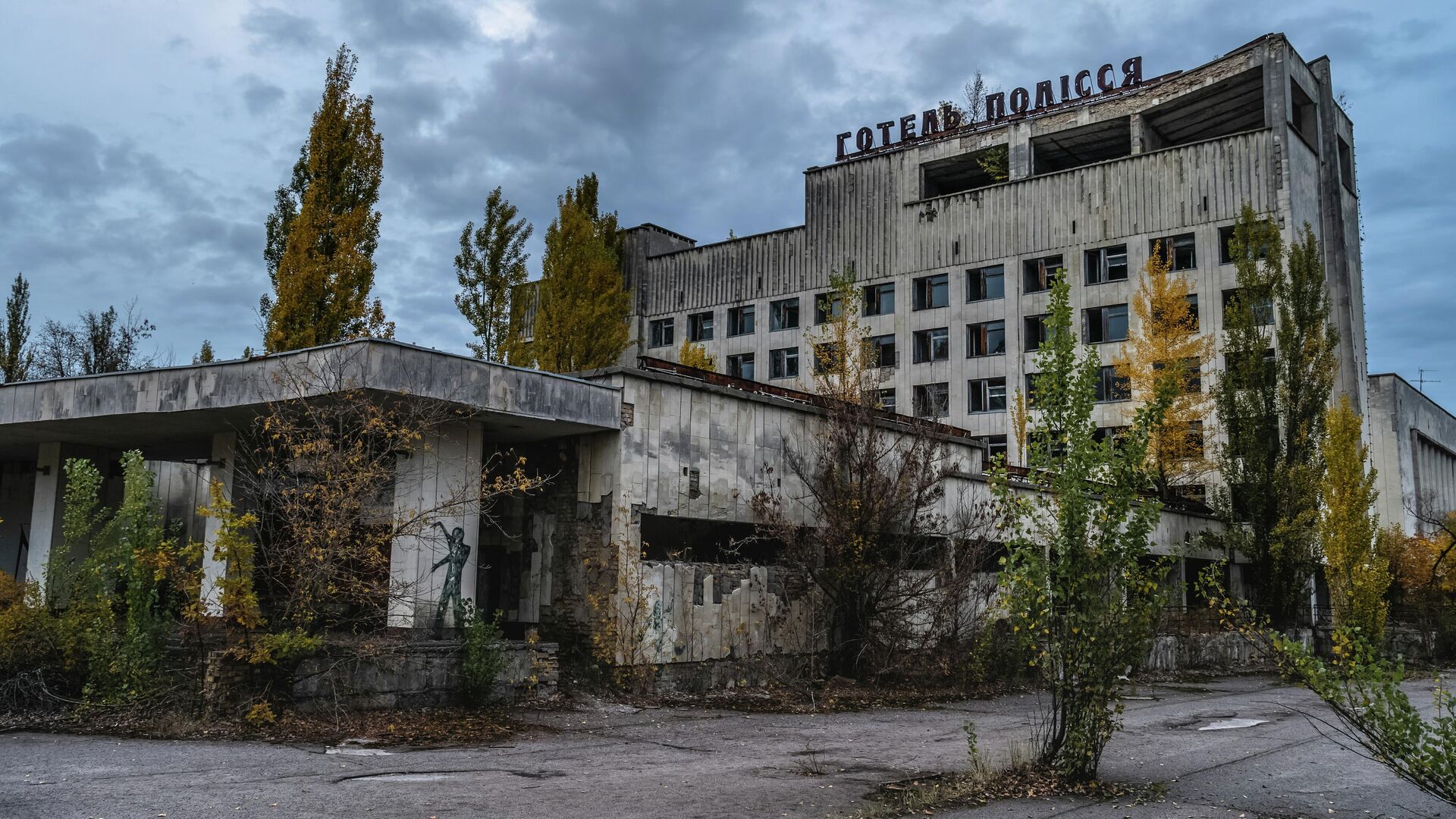
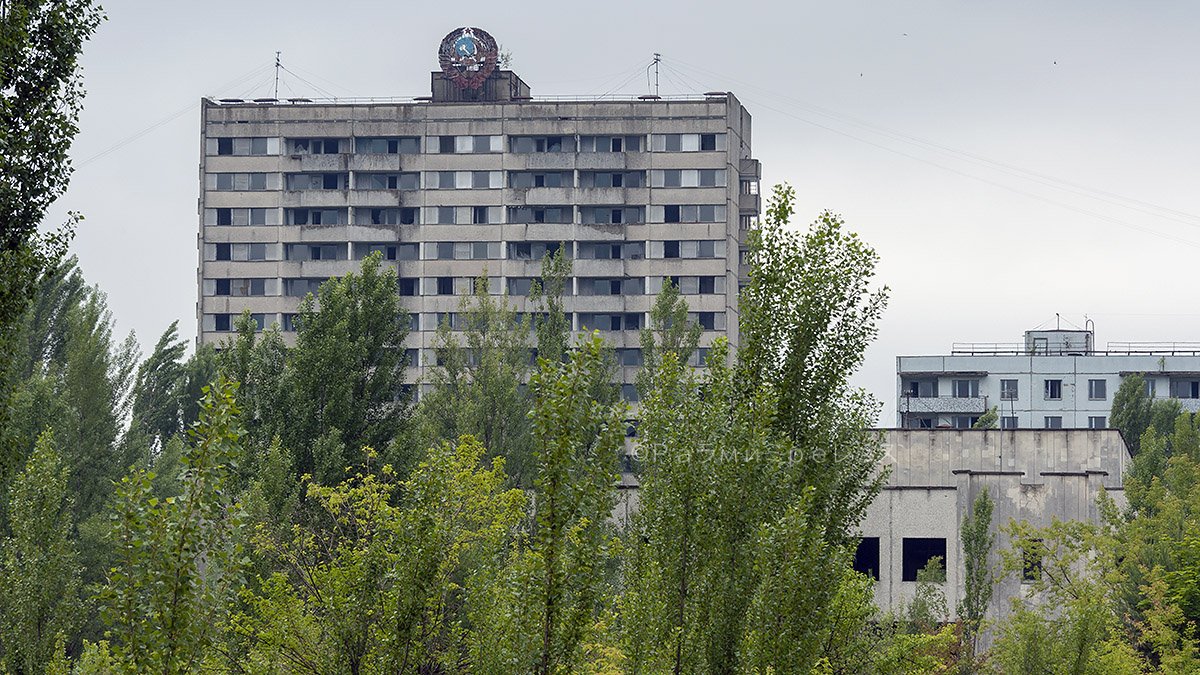
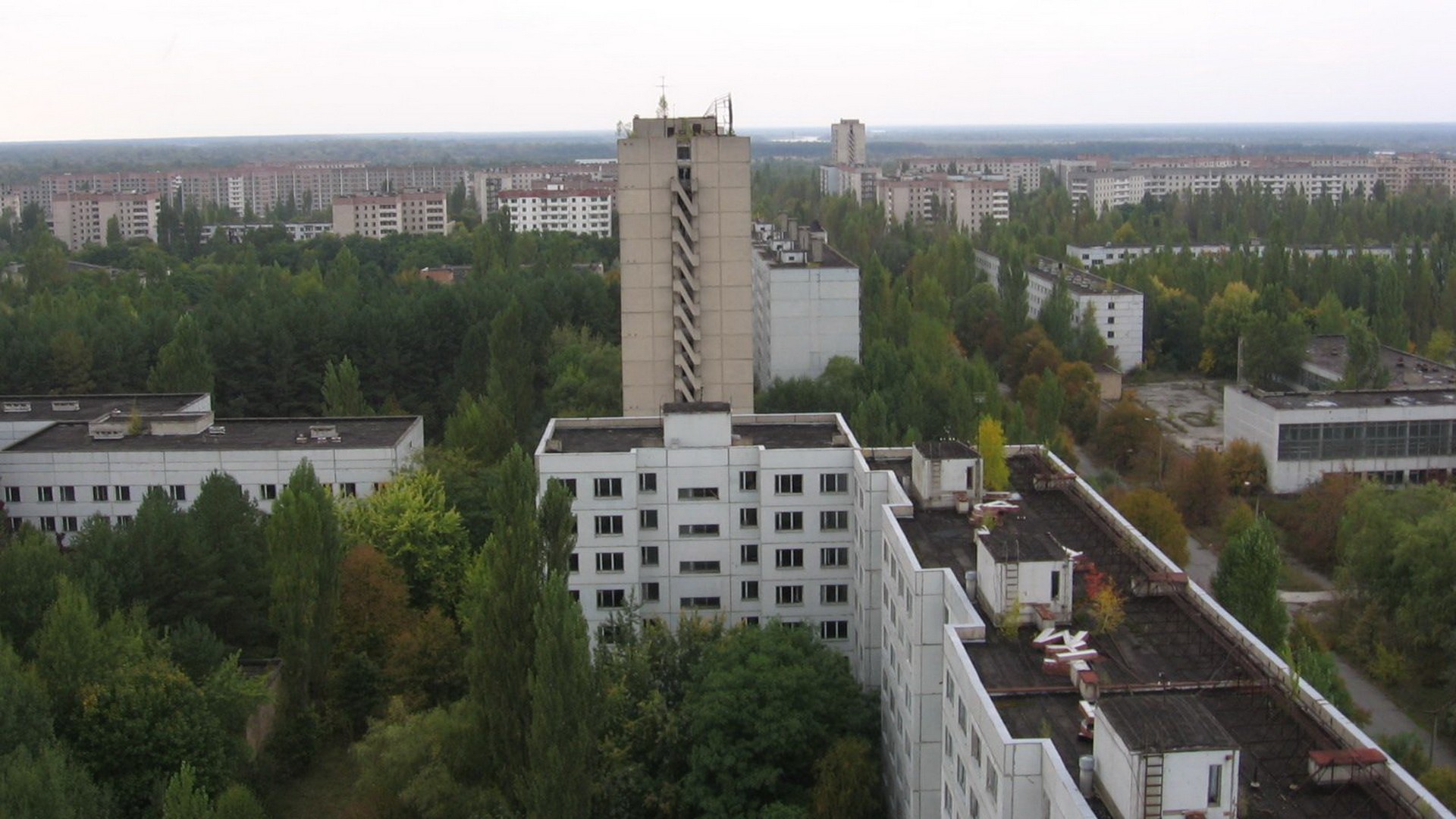


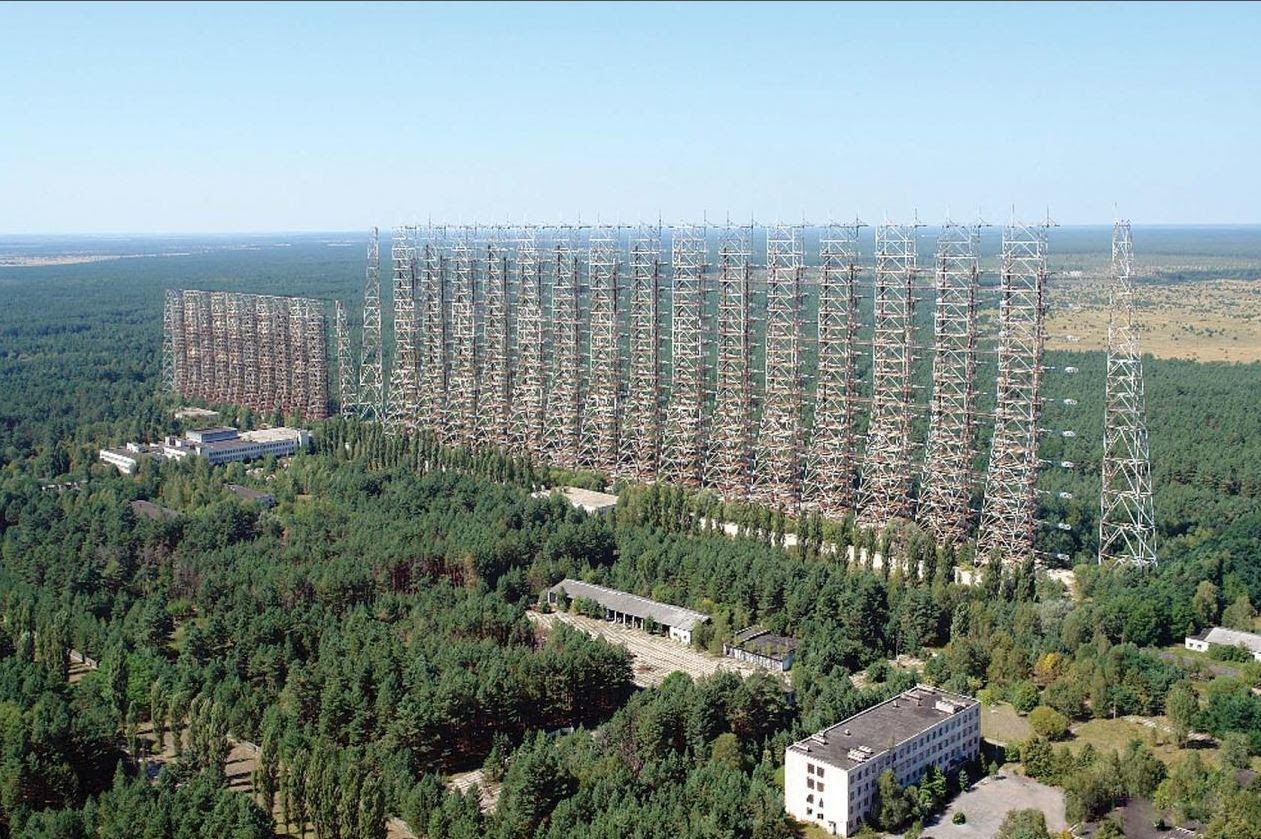
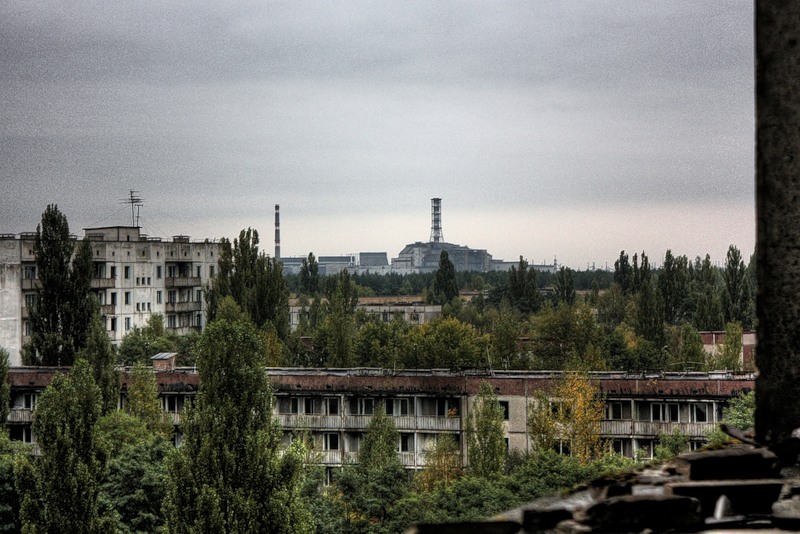
 Reply With Quote
Reply With Quote









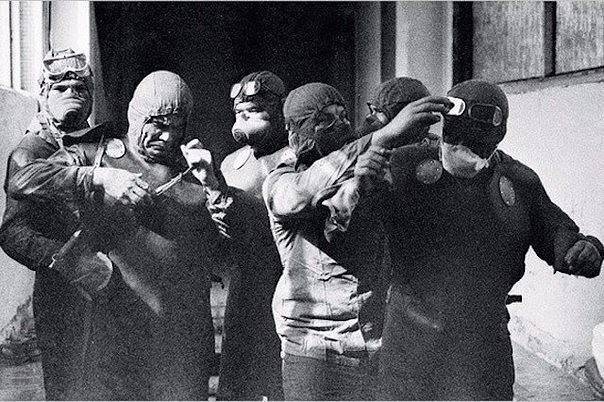
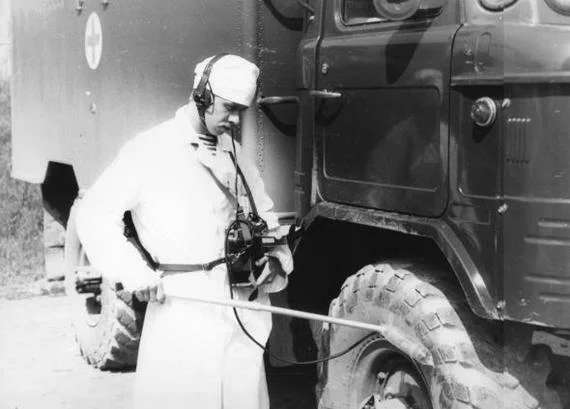

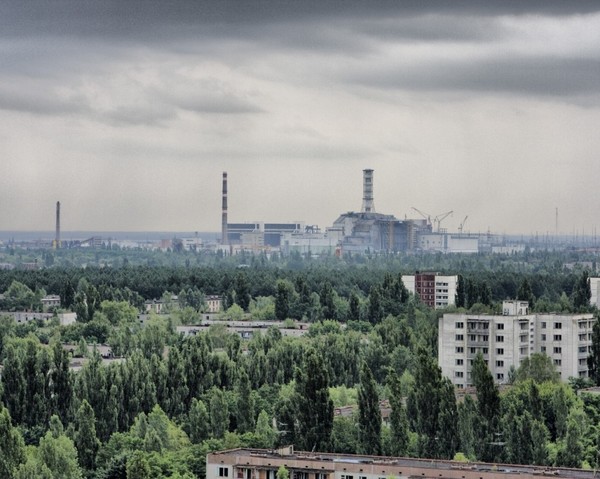



Bookmarks